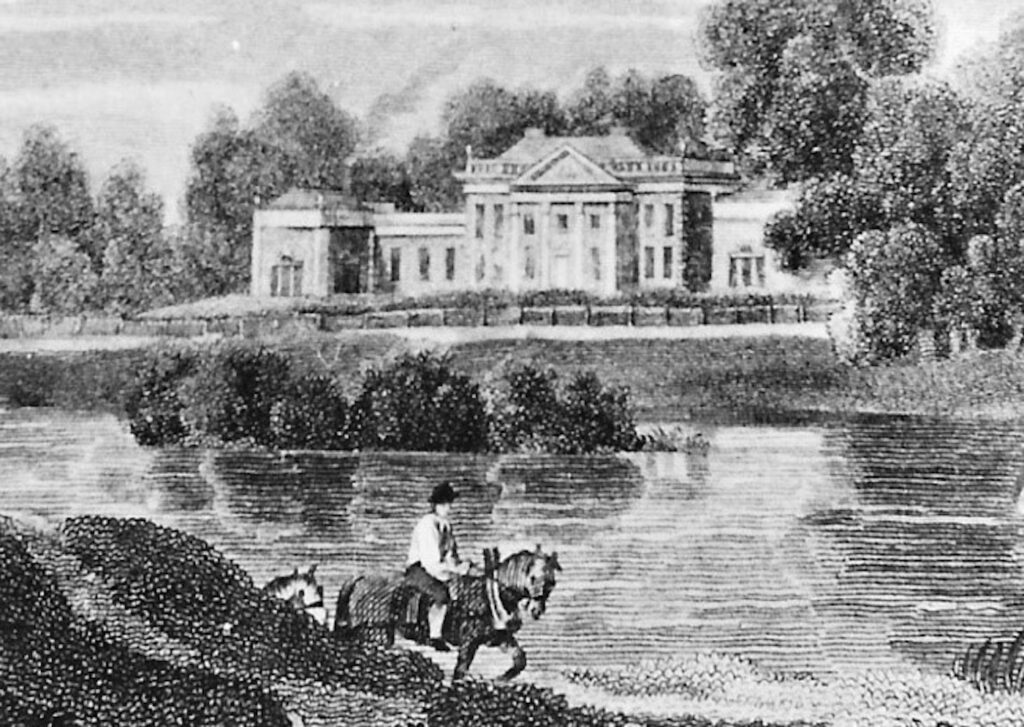By Ken Battle
It has recently been discovered that Sunbury Court (Sunbury Place before 1854), home of the Salvation Army since 1925, was owned between 1777 and 1793 by a married couple who also owned a Jamaican slave plantation during that period.
The University College London (UCL) ‘Legacies of British Slavery’ online database was used to search for the name(s) of any slave owners having a Sunbury, Middlesex, home address. The name Sarah Chandler appeared, and using the internal biographies and relationships provided, it showed that in 1769 her husband George Chandler pur-chased an estate in Jamaica known as the Sev-en Plantations. Using the UCL database ref-erences to their wills, George Chandler’s will (PROB 11/1055/59) was downloaded from the National Archives, Kew. Chandler’s will, written in March 1777, includes a statement showing his ‘House and lands Freehold and Copyhold at Sunbury in Middlesex, pur-chased by me of the Trustees of the Right Honourable The Earl of Pomfret’.
The Earl of Pomfret once lived at Pomfret House in Thames Street, Sunbury, but in 1764 he married Anna Maria Draycott (born Dela-gard) who had inherited Sunbury Place in 1761. Although the couple may have spent time together at Pomfret House, they were certainly living at Sunbury Place by 1764 when the Earl commissioned Elias Martin, a Swedish artist, to execute the well-known murals in the present dining room. The Earl and his wife must have retired to the Earl’s family seat at Easton Neston House, North-ants, following George Chandler’s purchase of Sunbury Place at some time before March 1777.
The Times newspaper for 15th July 1793 notes that ‘The magnificent villa at Sunbury [built by Lord Pomfret sic] was sold on Thursday [11th July 1793]. There are 115 acres of land about it. The price of the whole was 13,350 guineas’. The sale followed the death of George Chandler’s widow, Sarah, whose will had been proved a day earlier on 10th July 1793.
At the time of the 1833 Slavery Abolition Act, there were 322 slaves on the Seven Plan-tations estate. In 1836 the Government paid compensation to the slave owners, who were by then the heirs of George and Sarah Chan-dler. The compensation awarded was £5849 6s 10d (£538,000 at today’s values).
Between the purchase of the Seven Planta-tions estate in 1769 and the abolition of slav-ery in 1833, the Chandlers and their heirs amassed large fortunes as witnessed by the substantial legacies in all their wills. It is like-ly that little thought was given to the welfare of the men, women and children who were taken by force from their African homes and suffered a perilous crossing of the Atlantic during which many often died, before being sold into slavery to face long and arduous working days cutting and boiling sugar cane.
Ken Battle is a member of the Sunbury and Shepperton Local History Society.

